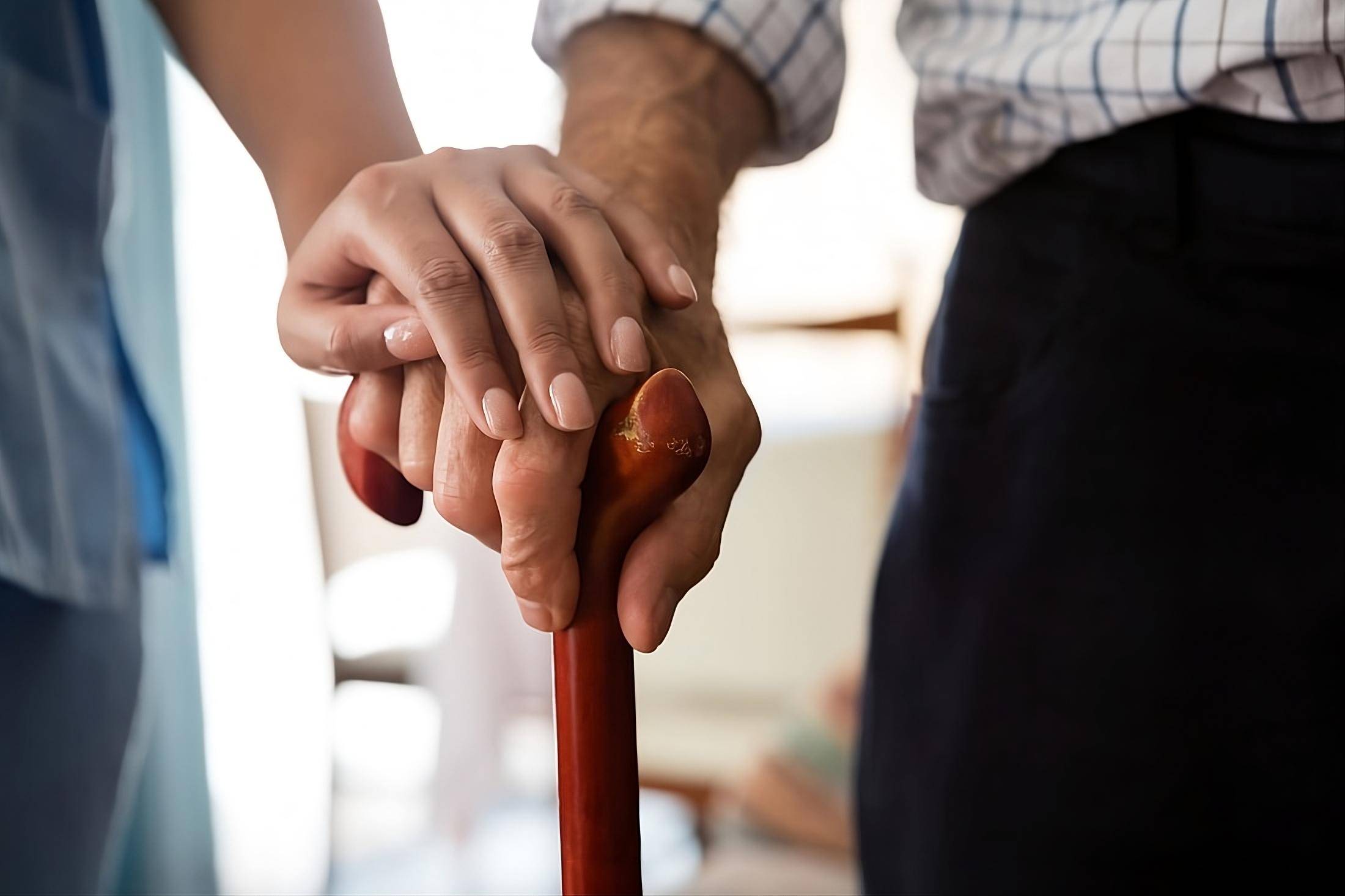As people get older, achieving a balance between independence and safety becomes even more pressing.Many families have the challenge of finding the best ways to help their aging family members, while still allowing for quality of life, dignity, and well-being. Assisted living is increasingly becoming a popular and appropriate solution, addressing both the need for some independence while also addressing the need for additional assistance and care.
Assisted living communities are far from being a last resort when it comes to receiving care. They offer wonderful emotional, social, and practical benefits for seniors, as well as peace of mind for families. Assisted living encourages autonomy, while also providing assistance with daily living, thereby putting seniors in an environment where they can thrive.
Emotional Benefits for Seniors
1. Community and related sentiment:
Loneliness and social isolation are frequent issues for aging adults, especially for those living alone or who are even with their families. Assisted living promotes continuous social interaction through regular group activities, food in food halls, and convenient events. The friendships made in these assisted living settings can reduce loneliness, create an emotional support systems and promote mental health.
2. Greater Autonomy:
Surprisingly, seniors may feel an even greater sense of autonomy following a transition to care living. Seniors who once had to plan and prepare meals, organize their day, and household tasks that took up the majority of their day, are actually free to spend their time and energy doing things that they enjoy, whether it be a hobby, special interest, or even just spending time with family and friends. It allows the individual an opportunity to live their life, versus manage their life through chores.
3. Less Stress and Less Anxiety:
Having the comfort of access to a professional staff member 24/7 often helps reduce stress for seniors. Having access to help with medications, mobility, or emergencies, there is a certain comfort in the presence of professionals to alleviate the worry of managing it all on their own.
4. Dignity and Self-Image:
A common apprehension for seniors when it comes to personal care is the thought of asking someone in their family for assistance. Assisted living gives respectful and kind care, while still preserving the dignity of the resident or any form of independence to ask for help. This superior quality of care ultimately benefits the resident’s self-image and improves their emotional health.
Emotional Benefits for Families
1. Peace of Mind:
One of the greatest aspects for families is peace of mind. Families can now have peace of mind and not have to worry about someone they care about being in a safe, supportive, and assisted living environment where loved ones have professionals surrounding them for help and assistance.
2. Quality Family Time:
Once families are no longer focused on caregiving tasks and responsibilities such as grocery shopping, cooking, medications, and reminders, it makes visits and time with family count even more, in that you can enjoy time together again in togetherness. Actual quality time spent with family members instead of thinking about the next chore.
3. Alleviation of Caregiver Strain:
Caring for an elder is emotionally and physically taxing, particularly for working caregivers or those with children. Given that assisted living can relieve a lot of that effort and feelings of stress to allow the caregiver to rest and relax with the knowledge that the elder is receiving professional care and support, it can be a viable option for care for a loved one.
4. Enjoyment of Professional Care:
Families receive the support of staff and the assurance that trained staff is overseeing their loved one living there, and trained staff who have experience in senior health and well-being. This should help ease any anxiety or uncertainty about care for their loved one and ensure families that they are providing the best level of support needed for their loved one.
Practical Benefits of Assisted Living
1. Access to Major Health and Wellness Assistance:
Assisted living communities provide continuous access to health care providers and carers who monitor chronic and acute care, assisting with drug management, and inspecting changes in health conditions. It provides access to managing health conditions without unnecessary emergency room trips, and works towards long-term health and well-being.
2. Safe and Accessible Living Environments:
Communities for the general population are designed for everyone, and may not be a safe place for elderly individuals. Assisted living communities have important features such as grab bars, emergency call systems, wheelchair-bound paths, and fall prevention designs. These reduced the likelihood of accidents occurring and ensured safe living.
3. Nutritional and Dietary Management:
For older adults, preparing a variety of healthy foods may appear cumbersome due to being less mobile or perhaps just not hungry. In an assisted environment, seniors can be offered nutritious food that supports their dietary desires and needs from an executive chef. Healthy food eventually supports a person’s overall well, being – both physical and mental.
4. Enrichment Programs and Activities:
Assisted living providers support a resident’s engagement and personal development with fitness classes, yoga, art classes, and trips to cultural activities. Engaging in this kind of activity can help keep a senior resident physically, or at least mentally and/or socially engaged and stimulated, which can improve health and longevity.
5. Relief from home maintenance:
For older adults, daily responsibilities of washing, housekeeping, and home maintenance can be tiring and burdensome. Assisted living provider reduces day-to-day responsibilities that are associated with maintaining a house that otherwise takes valuable time and energy, and allows individuals to carry forward the interests that not only bring meaning in their lives, but are also enjoyable.
Long-Term Value of Assisted Living:
For older adults, the outcomes can be improved by physical health, better social connections, better resources, and even greater ranges of emotional strength. For families, they receive some relief and the reassurance of knowing that their loved one is doing well in a living arrangement. It must be emphasized that assisted living is not about a senior losing independence. It is about changing a senior from a solitary situation to one where they can benefit from some care to facilitate continued independence. By removing barriers and providing care at the appropriate level, a senior is more able to thrive in an environment that also preserves their dignity and usefulness.
Conclusion:
Making the decision to put someone you love in assisted living can be a difficult experience, although it can also be one of the most loving decisions a family can make. Assisted living is more than a location that can assist with your loved one’s daily living – it is a source of emotional sustenance for the elderly resident, as well as peace of mind for families. The safe, stimulating, and supportive environments of assisted living communities empower residents to commence this stage of their lives with confidence and comfort. Assisted living is not just about how to provide care but also about extending life.







